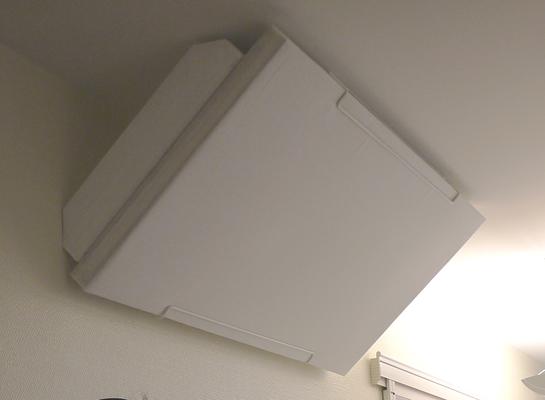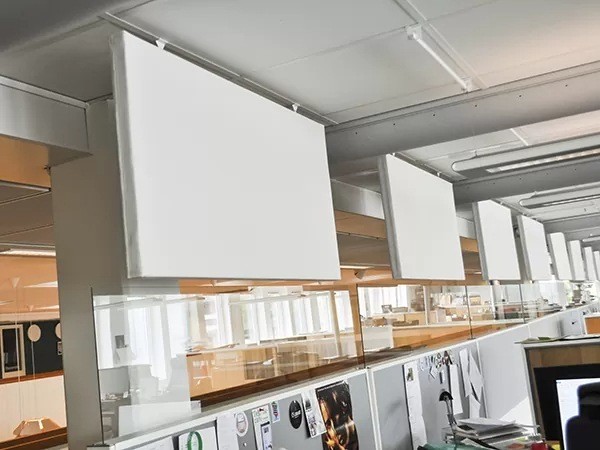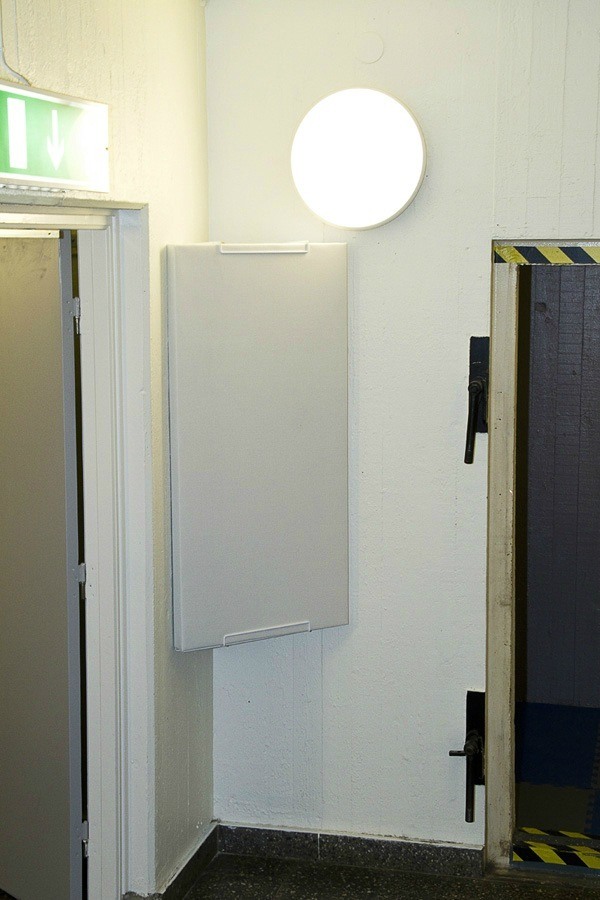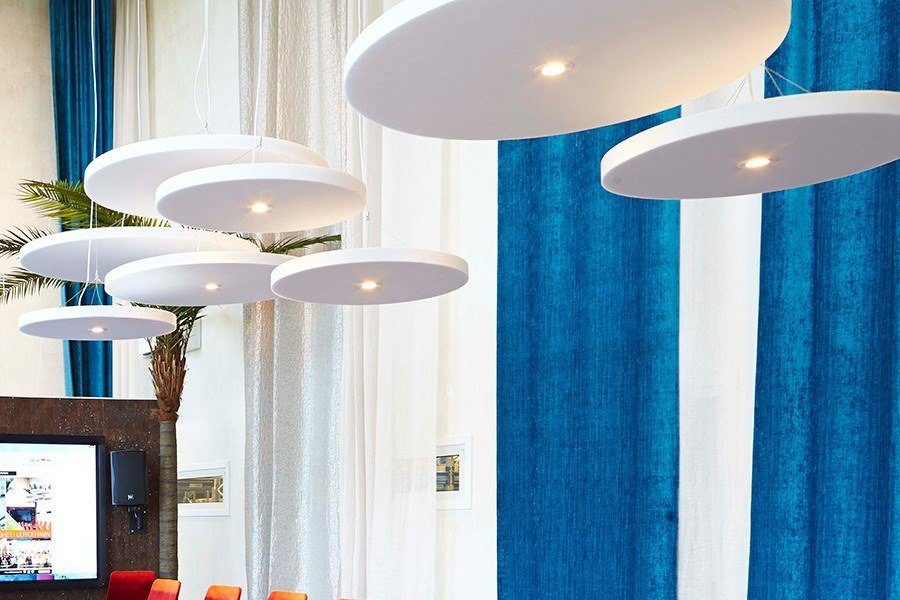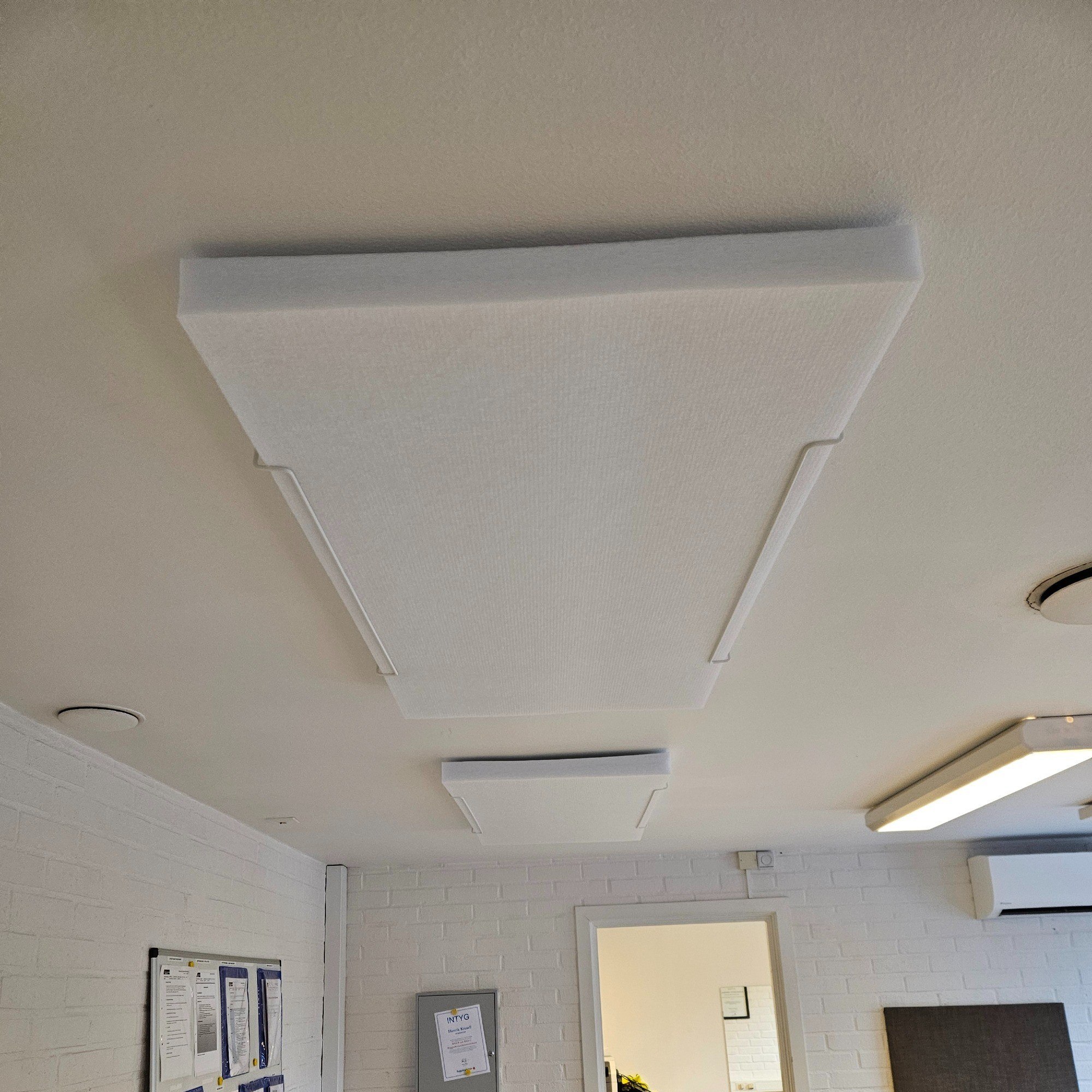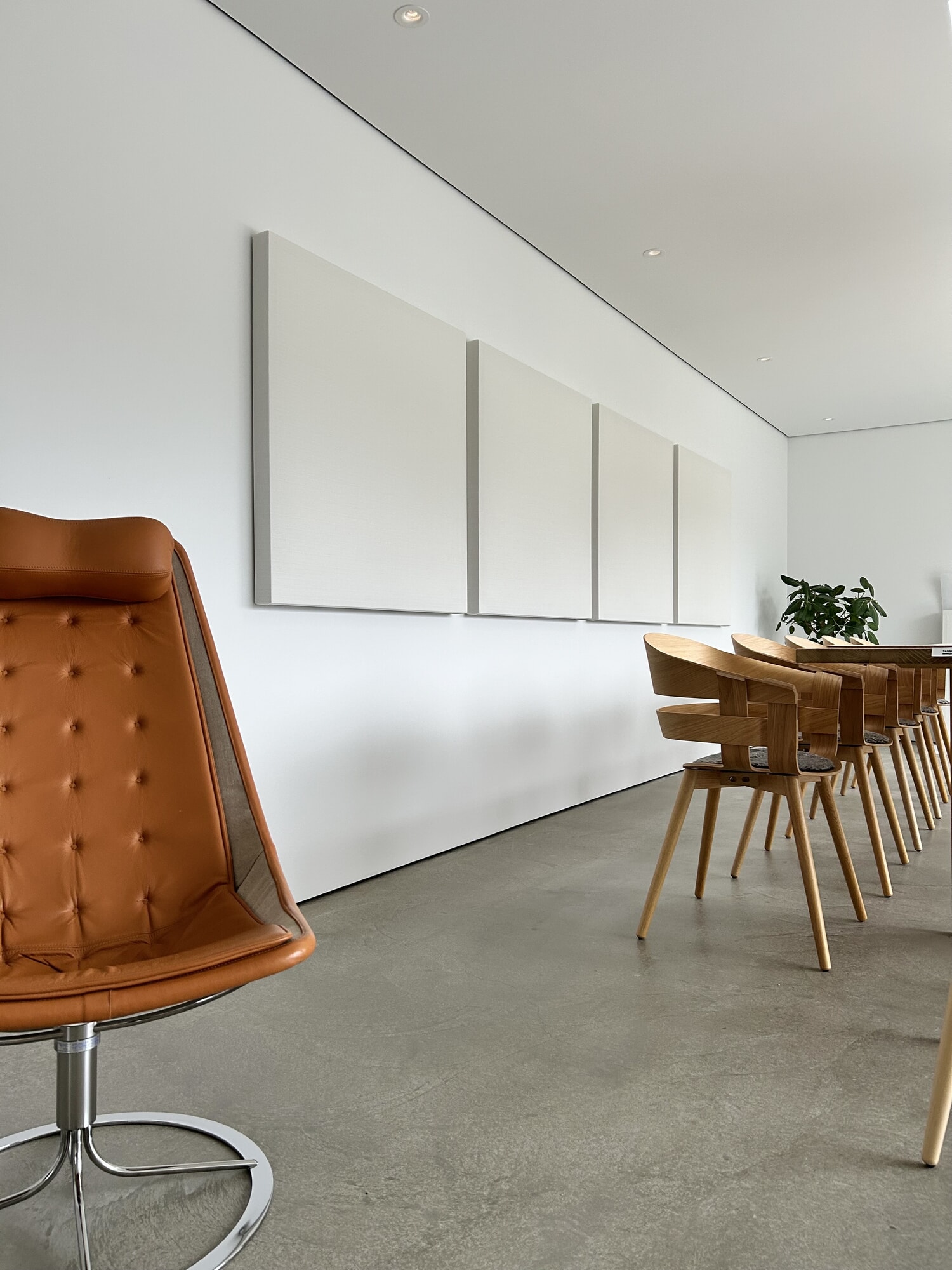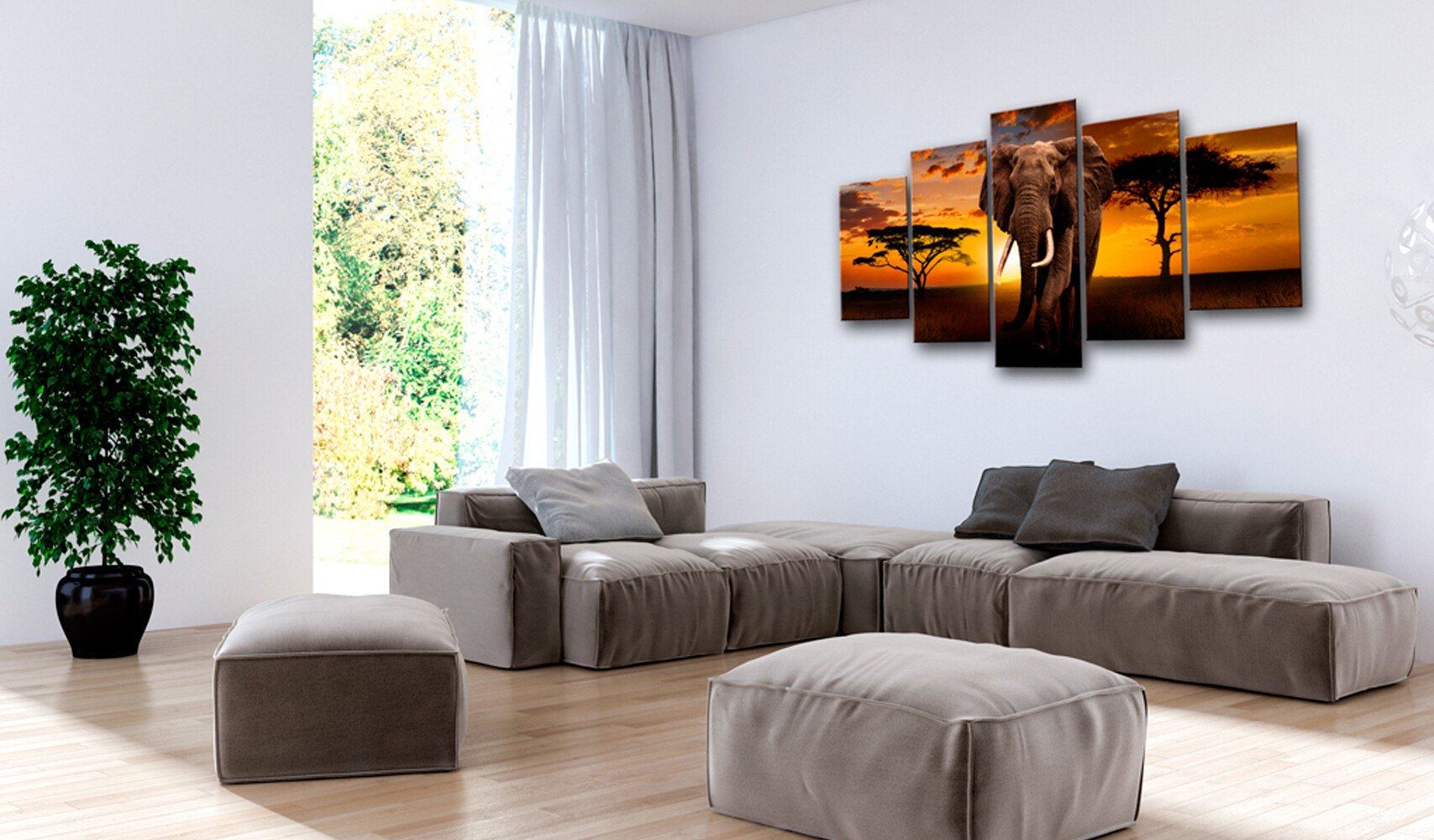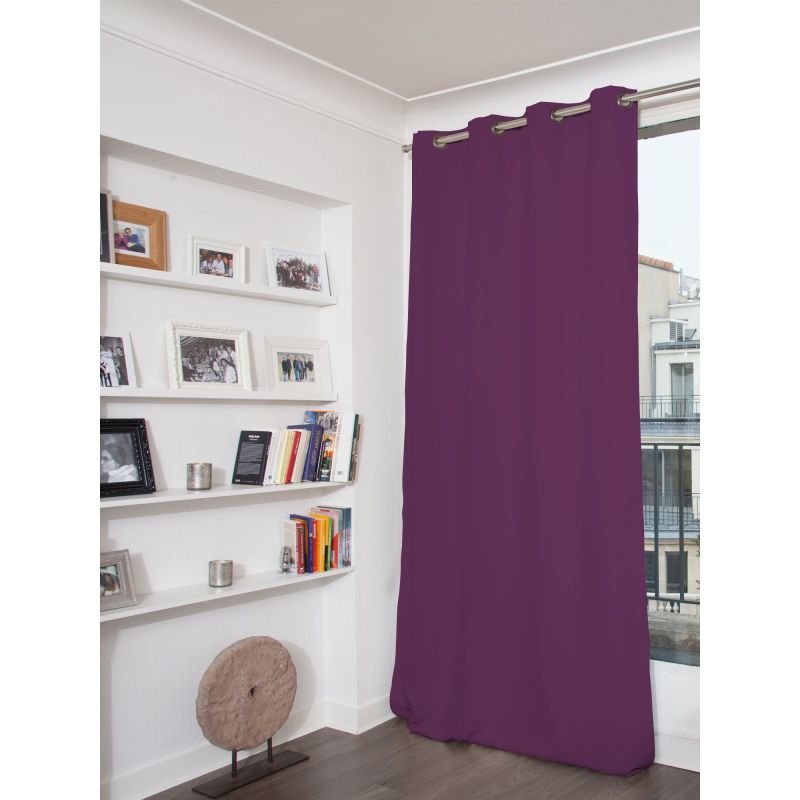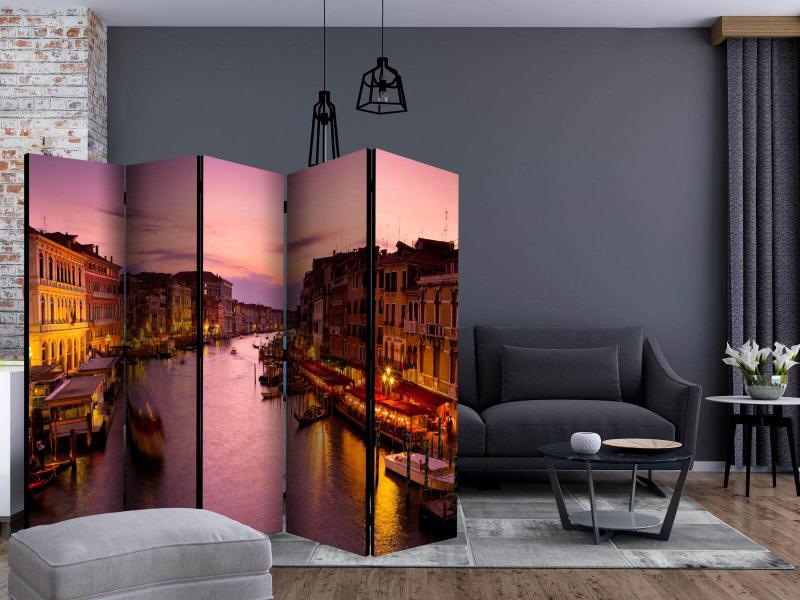How to choose the right mounting method for sound absorbers – Improve acoustics with the right installation
Installing sound absorbers correctly is crucial for achieving optimal sound attenuation and more balanced acoustics. By placing the absorbers strategically, you can reduce reverberation, improve speech intelligibility, and create a more pleasant sound environment in everything from offices and schools to restaurants and homes.
The choice of installation method not only affects the effectiveness of sound absorption, but also the aesthetics and functionality of the room. Here we go through the most common installation methods and how you can best adapt them to your environment.
Different mounting options for sound absorbers
To choose the right installation, you need to consider:
The design and size of the room
High ceilings, open spaces, or confined spaces affect which installation method works best.
Type of sound problem
Reverberation, noise, low-frequency sounds, and speech intelligibility require different placement and installation.
Design and functionality
Sound absorbers can be integrated into the room's interior design to both improve acoustics and contribute to an aesthetic whole.
How to install sound absorbers correctly
Regardless of which mounting method you choose, it is important to ensure that the absorbers are installed safely and that their acoustic function is optimized. Here are some important factors to consider:
- Choose the right mounting method – screws, glue, Velcro, or rail systems depending on the weight of the absorber and the material of the wall.
- Place the absorbers where sound waves are reflected the most for maximum effect.
- Ensure they are mounted flat and at the correct height to optimize sound absorption.
- Use a combination of mounting methods to achieve a balanced sound environment throughout the room.
By carefully planning the installation and combining different solutions, you can create a quieter and more pleasant sound environment regardless of the setting.
How to choose the right mounting method for sound absorbers
Choosing the right mounting method is crucial to achieving an optimal sound environment. The most effective solutions include:
Ceiling mounting
Perfect for reducing reverberation in large, open spaces.
Wall mounting
Reduces sound reflections and improves the conversation environment.
Freestanding absorbers
Flexible solution for offices and public spaces.
Corner absorbers
Attenuates low-frequency sounds and eliminates resonance.






